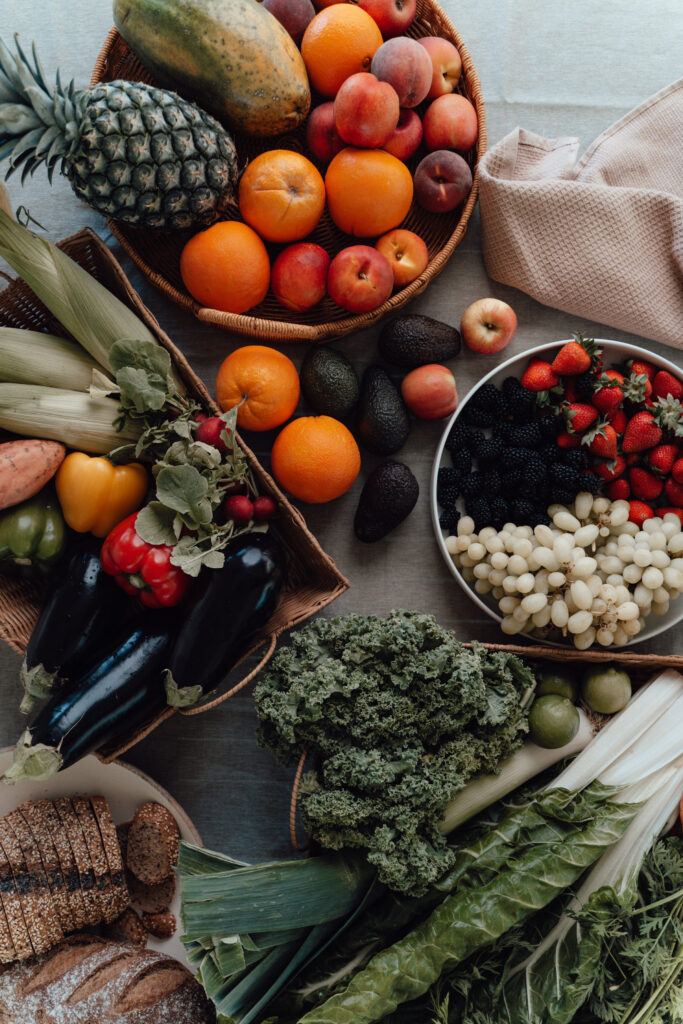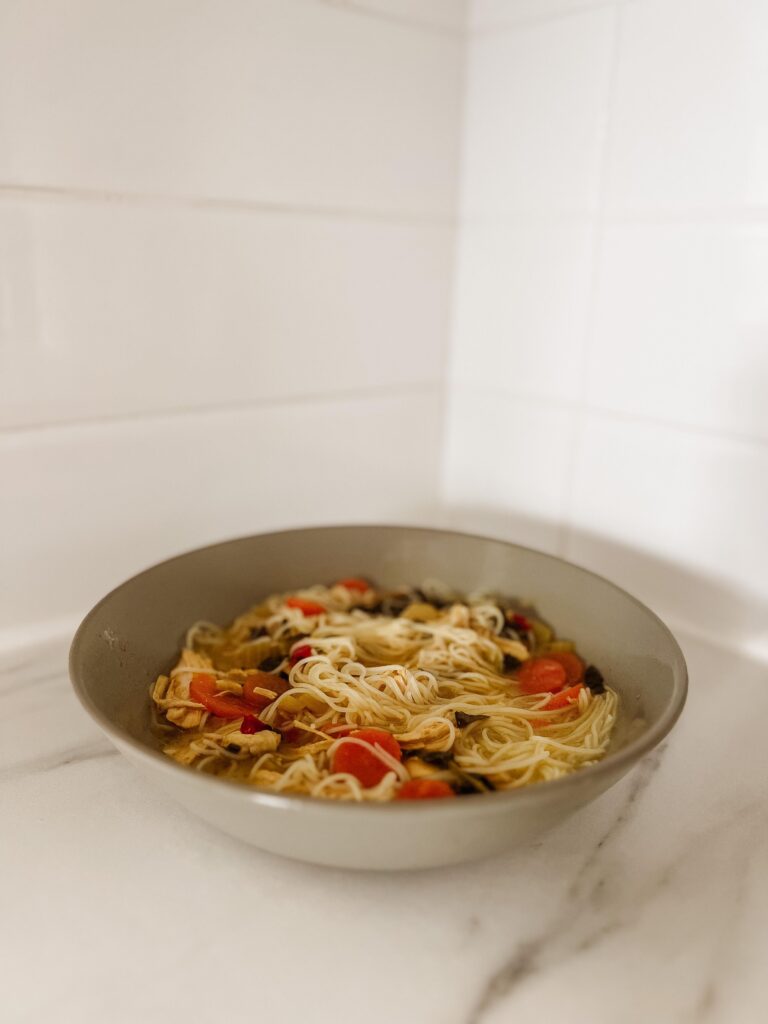As a Holistic Nutrition Consultant for babies, I will be sharing how to safely introduce the most common allergenic foods to your baby. Included in this post is my Allergenic Foods checklist that you can download for free.

As a mum of two daughters who have severe allergies, I want to educate other parents about the importance of introducing allergenic foods safely to babies.
Allergies are more prevalent than ever worldwide. Allergies, intolerances and sensitivities each have overlapping symptoms, like gas, eczema, rashes, reflux, cold symptoms and ear infections. These are common childhood conditions which is why they can be easily overlooked. However, I know how empowering it is to know what my children are allergic or intolerant to, so I can best accommodate to their needs.
Since 1990, children admitted to hospital for food-related anaphylaxis has risen by 700% (US study: source). And even though this is a US study, statistics are similar here in Australia.
This is why as parents, we need to be informed about keeping our babies safe. Part of this is knowing when to introduce allergenic foods to babies, as this alone can decrease their chances of developing an allergy.
*Take note that I will use the terms ‘babies’ and ‘children’ interchangeably here. But will emphasise using ‘babies’ when introducing certain foods.
Why are allergies on the rise?
There are many reasons as to why allergies are on the rise, but one common denominator is the hygiene hypothesis (study). The hygiene hypothesis states that our obsession with cleanliness and antibacterial products suppresses the development of the immune system. Children’s healthy exposure to germs is actually what is necessary for them to develop resistance.
Other factors that influence the likelihood of allergies that scientists have speculated are:
- Early antibiotic use
- C-section delivery
- Early exposure to cow’s milk formula (which is linked to developing a cow’s milk allergy)
- A mother’s compromised immune system while breastfeeding
- Genetics
- Pollution
- Exposure to smoking
- Limited/lack of breastfeeding
- Deficiency of beneficial microbes
- Mother’s nutrition and stress levels during pregnancy.

Studies have shown that the below influences strengthen the immune system, therefore, decrease the chances of a child developing allergies:
- Living on a farm
- Having multiple siblings
- Exposure to a reasonable amount of dirt
- Living with a pet dog.
The difference between an allergy, intolerance and sensitivity
Even though food allergies, intolerances and sensitivities can be used interchangeably, there is a distinction between the three.
A food allergy is when the immune system recognises proteins of a certain food as pathogenic (harmful invader) and responds with an immune attack. This response will happen within minutes and up to two hours after the food has been consumed (or touched).
A food sensitivity will not cause anaphylaxis and the reaction will occur between two hours to 3 days after the food has been consumed. This makes food sensitivities more difficult to recognise and diagnose.
Download my free Introducing Allergenic Foods to Babies Checklist here:
Children with food sensitivities may be able to tolerate a small amount of a certain trigger food, but will often have a tipping point. Once they have reached that tipping point, a reaction will occur. While some children may not be able to tolerate any amount of a particular trigger food.
Some symptoms of a food sensitivity are chronic colds, mucus, runny nose, nappy or skin rashes, excessive gas, constipation, reflux or vomiting. Definitely see a trusted Medical Practitioner if you suspect your child has a food sensitivity.
A food intolerance is when a child has a problem digesting food or there is an absence of enzymes. Digestive symptoms usually occur from 30 minutes to two hours after ingesting a trigger food. Common symptoms of a food intolerance are abdominal pain/cramping, gas, diarrhea, bloating and nausea. A common intolerance is to lactose.

What are the top allergenic foods?
These are the 9 most common allergenic foods that should be introduced incrementally to babies:
- Wheat
- Cow’s milk
- Hen’s eggs
- Soy
- Peanuts
- Tree nuts
- Shellfish
- Fish
- Sesame seeds
When is the best time to introduce these foods to my baby?
- Egg yolk (6+ months)
- Sesame seeds (6+ months)
- Tree nuts (7+ months)
- Peanuts (7+ months)
- Fish (8+ months)
- Shellfish (8+ months)
- Soy (9+ months)
- Egg whites (9-10+ months)
- Dairy products, excluding cow’s milk (10+ months)
- Gluten and wheat (10+ months)
- Cow’s milk (after age 1)
- Honey (after age 1)
Introducing Allergenic Foods Best Practices
It is best to introduce an allergenic food with the following practices in mind:
- When your baby is 100% well
- In your own home, in a safe space
- At the beginning of your baby’s longest awake period, so you can monitor for reactions
- Don’t introduce these foods until your baby has been exposed to a decent amount of lower allergenic foods
More posts you might like
Fruity gelatin gummies for kids’ wellness
5 ways to eat healthy on a frugal budget
30 pregnancy food ideas for each trimester
Was this information helpful? Tell me in the comments if you followed an allergenic foods timeline? Or if you will after reading this post?
Leave a Reply